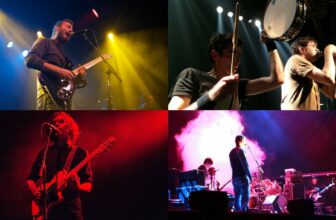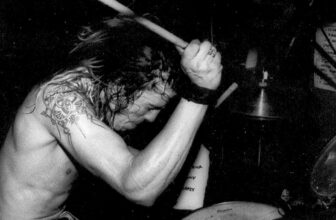A Guide to the Different Techno Sub-Genres
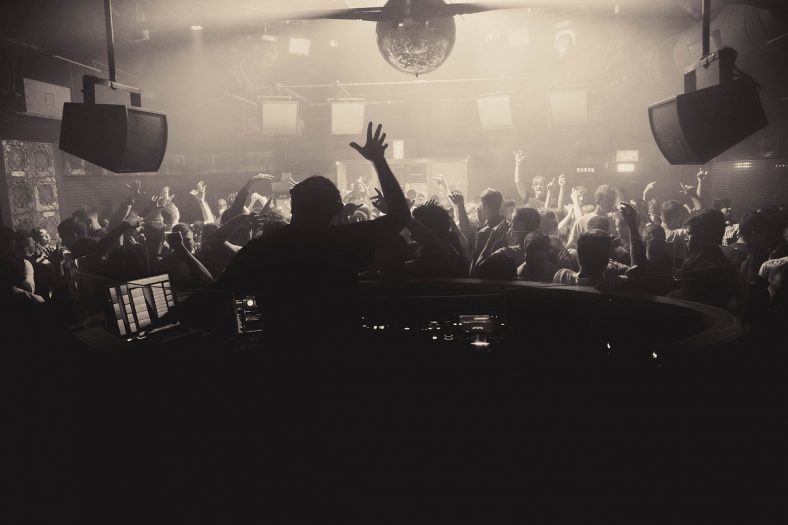
When Inner City’s track “Big Fun” was released as part of the compilation “Techno! The New Sound Of Detroit” in 1988, little did they and the other artists on the record know how the release would pave the way for a whole new genre and shape the course of electronic music as we know it today.
If you’re looking to understand the world of techno a little better, here we break down some of its main sub-genres.
Of course, many artists skirt between different subgenres, and we only really use these terms as a way of broadly categorizing the music.
Before we get started… it’s important to point out that mainstream EDM and house music are not to be confused with techno! (check out our guide on the different types of electronic music for more information on that).
Contents
What Is Techno?
Techno is a genre of electronic music that has a signature four-on-the-floor beat usually between 120 to 150 beats per minute (BPM). While there may be variations in the sub-genres that have emerged since the birth of Techno, the use of drum machines such as the Roland TR-808 or the TR-909 along with synthesizers and sequencers usually gives it its distinct sound.
The Origins Of Techno
The German group Kraftwerk is often regarded as one of the influencers of Techno music. Their bold and innovative new sound incorporated futuristic-sounding synths with drum machine beats. The results can be heard in tracks such as ‘Autobahn’ and albums such as ‘Man Machine’.
This resonated deeply in New York and especially in Detroit. Techno emerged as a fascinating collision of Germany and Detroit, giving birth to all the subgenres as we know them today.
1. Detroit Techno
When Chicago DJs were innovating disco in the form of House music in the 80s, musicians Derek May, Juan Atkins, and Derek Saunderson worked to develop a futuristic sound that was inspired by New Wave European electronic music made by artists like Kraftwerk, Devo, The Human League, and Gary Numan. They fused these sounds with the funk and groove of African-American styles of music.
This music mirrored the trials and tribulations of the Detroit youth. The city was in recession, it had become an industrial wasteland where the crime rate was very high. This new sound reflected the “urban decay” and came to be known as ‘Detroit Techno’.
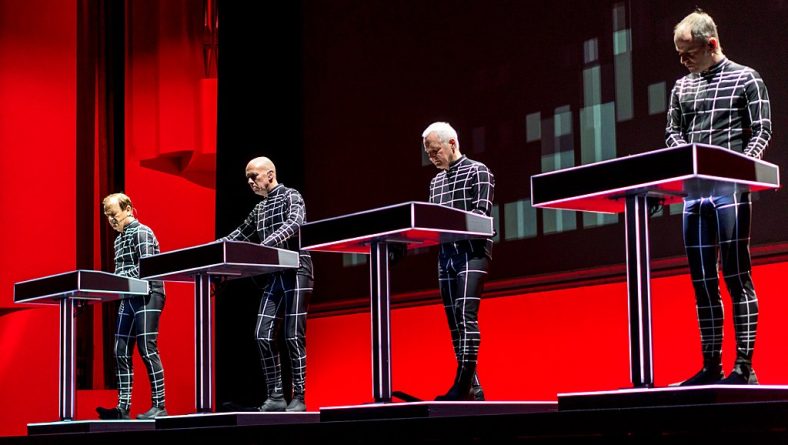
Early Detroit Techno is characterized by its mix of a dark, mechanical vibe with a bright and soulful feel. It is primarily instrumental and some of its most notable exponents are Jeff Mills, Mad Mike Banks, Octave One, and Eddie Fowlkes.
2. Minimal Techno
Minimal Techno ranges from 125 to 130 BPM and 128 BPM is often regarded as the optimum tempo for it. It emerged in the 90s and there are two main characteristics of this sound: “skeletalism” which uses embellishments only to add variation to the song and the emphasis is on the core elements such as the beat and groove; and “massification” which contains many layers but only with a few sonic elements.
The essence of this genre is repetition, subtle changes, and the overall sense of being stripped down to only the bare essentials.
The Detroit-based producers Robert Hood and Daniel Bell are credited for bringing this new sound into the limelight. Some of the prominent names in Minimal Techno today are Ricardo Villalobos, Trentemøller, and Monolake.
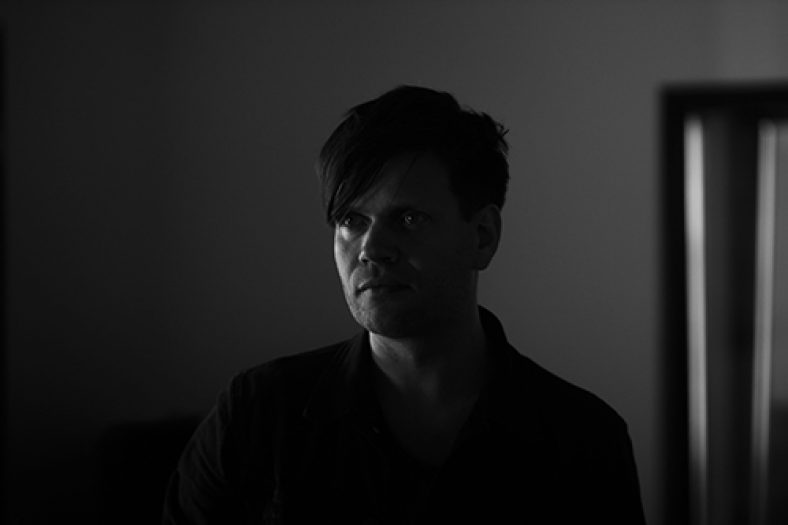
3. Industrial Techno
Influenced by the noisy sound and aesthetic of Industrial music artists such as Cabaret Voltaire and Throbbing Gristle, Industrial Techno emerged in the 90s and experienced a resurgence in the 2010s.
Artists such as Cut Hands, Surgeon, and Helena Hauff play Industrial Techno.
4. Deep Techno
Deep techno is a broad umbrella of music that is generally ambient and the focus is on dancing and physical movement.
The beat is simple and repetitive, with a booming kick drum. This makes it more danceable. Vocals are textured and synths are used not for melody but to add layers to the sound. The arrangements are simple and focus more on emotion than gloss.
Jeran Portis is a notable artist in this genre.
5. Acid Techno
Often referred to as “Acid”, Acid Techno is a derivative of Acid House which developed in Europe in the late 80s and early 90s. The Roland TB-303 bass synthesizer gives it its unique sound where resonance and cutoff frequencies are often manipulated in real-time when recording a track. This technique is known as “tweaking” and some of the earliest examples of this genre can be found in the works of Hardfloor, Solar Quest, and even Aphex Twin.
6. Berlin Techno
Often regarded as the Techno capital of the world, Techno music in Berlin today is categorized under its own subgenre.
The fall of the Berlin Wall in 1989 marked a new beginning that stood for hope and inclusivity. The youth organized (often illegal) raves in abandoned buildings such as bunkers, power plants, hangars, and even underground stations. The music played at these events was mostly House and Techno from Detroit.
Eventually, the music became harder-sounding. There were no vocals and the bass was more aggressive. Clubs such as Berghain are considered as one of the most hallowed places for Techno music and while the genre cannot be classified by metronome or style as such, it is reflected in the subculture of Berlin that exists to date.
7. Dark Techno
Dark Techno is categorized not based on the tempo or instrumentation, but rather the vibe of the music. The four-on-the-floor is repetitive and aggressive. The melodies convey themes of sci-fi, and horror and are foreboding.
However, this is not to be confused with Hardcore Techno. There is no aggression in Dark Techno, but rather an ominous sense of eerieness. Vocal melodies serve as textures and do not have lyrics. The emphasis is on the booming kick drum.
‘Dark Techno’ by Max Minimal and ‘Battery (Matt Mus Remix)’ by Andre Grandeza are examples of tracks that fall into this category of music. The German labels Endzeit, NG (New Generation) Records, Rangnarøk, and Subwoofer all focus on Dark Techno.
8. Tech House
As the name suggests, ‘Tech House’ combines elements of Deep and Minimal Techno with jazzy and soulful aspects of House music. Grooves generally consist of short and distorted kick drums, choppy hi-hats, and noisy snares. The TB-303 is extensively used and some producers also like to add samples of soulful vocals.
Green Velvet, Patrick Topping, and Solardo all have chart-topping Tech House tracks in their discographies.
9. Dub Techno
Producers Moritz Von Oswald and Mark Ernestus formed Basic Channel in the 90s and are generally credited for founding Dub Techno.
Textural effects such as reverb, echo, and phasing are added for richness and to give Dub Techno its ambient quality. The emphasis is on minimalism and sonic relaxation. The ‘Dub’ comes in the form of the cultural representation of the sound system culture of Jamaica.
Monolake’s “Cyan I” and “Direct Out/Direct Drive” by Continous Mode are examples of Dub Techno tracks.
10. Melodic Techno
Melodic Techno is characterized by its use of arpeggiated harmonies usually in the minor scales. It has an atmospheric vibe and is thus very similar to Progressive Trance music. The tempo generally does not exceed 130 BPM.
Solomun, the award-winning Bosnian-German DJ plays Melodic Techno music.
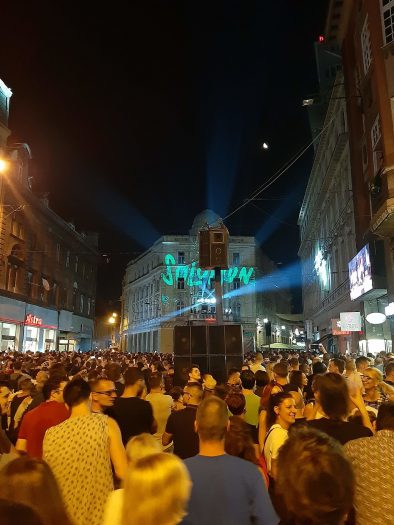
11. Ambient Techno
Ambient Techno is a relaxed and slower form of Techno, that is inspired by the essence of minimalism found in ambient music. Although the tracks are driven primarily by the beat, there is extensive use of textural and atmospheric sounds as layers.
The genre emerged in the 90s and at the helm were artists such as Aphex Twin, Biosphere, The Orb, Carl Craig, and Pete Namlook. They were drawn to the ambient works of musicians like Brian Eno and Jon Hassel and incorporated their sonic style with Techno and Acid House rhythms.
Labels such as Warp, Apollo, Beyond, and GPR are associated with Ambient Techno. Unlike others, they focus more on releasing full-length albums than just 12-inch singles.
12. Hardcore Techno
Hardcore Techno is regarded as one of the most abrasive and fastest forms of dance music that originated in Britain after its Summer Of Love in 1988. The tempo is usually between 160 to 200 BPM and a distorted sawtooth is used as the kick sound. The bass is heavily synthesized and saturated.
The track “We Have Arrived” by the German producer Mescalinum United is often regarded as the first Hardcore song. Hardcore Techno was directly responsible for the birth of further subgenres like Gabber.
13. Cinematic Techno
Although not strictly a genre, with electronic music producers often venturing into the world of film score, Techno has surely made its presence felt and the two ideas of music have merged.
Jon Hopkins collaborated with Brian Eno and Leo Abraham for the soundtrack of the Peter Jackson film ‘The Lovely Bones’ in 2009. This collaboration also resulted in the album “Small Craft On A Milk Sea’.
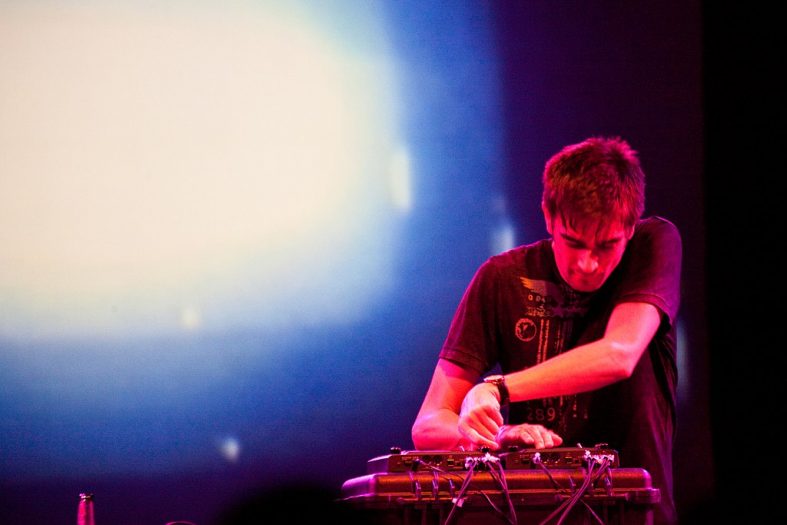
Carefully balancing aggressive dance beats with lush piano and analog synth soundscapes, his album ‘Singularity’ defies the rules of Techno and almost creates a new genre. Some often say that this was a direct result of his working with Eno and Abraham.
Cinematic Techno is best described as having the spirit of the music. Although the grooves are still a four-on-the-floor pattern at a higher tempo, the drum sound is often organic and percussions are used. Vintage analog synthesizers provide basslines but the melody comes from string instruments such as violin or even guitar.
Notable examples are the albums ‘Singularity’ and ‘Immunity’ by Jon Hopkins.
Summary
Since its birth, Techno has been instrumental in the birth of newer electronic music genres such as Eurodance, IDM, and Trance. It continues to thrive across the world even today and revelers at clubs and music festivals are still hypnotized by it. What separates it from other genres is its malleability.
You can easily mix Techno into a playlist containing other genres such as House or even Dubstep. When you are listening to Techno, the most important thing to remember is to let go and dance.
Kraftwerk Image by: Raph_PH, CC BY 2.0, via Wikimedia Commons
Trentemøller Image by: Anders Trentemøller, CC BY-SA 3.0, via Wikimedia Commons
Solomun Image by: Smooth O, CC BY-SA 4.0, via Wikimedia Commons
Jon Hopkins Image by: Matt Biddulph from UK, CC BY-SA 2.0, via Wikimedia Commons

